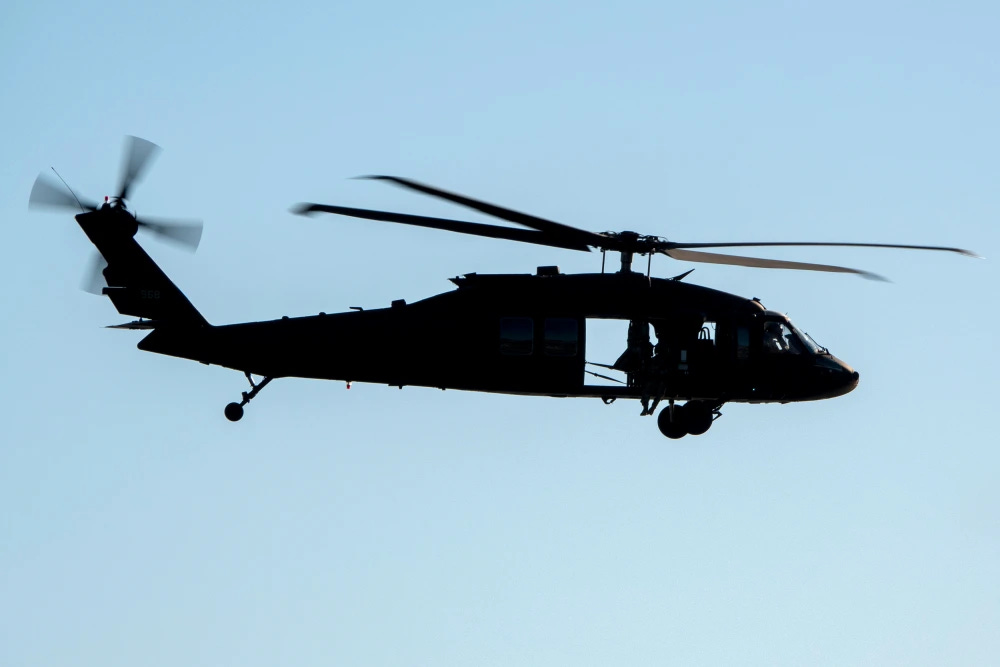Understanding Black Hawk Helicopters and Their Role After the D.C. Aircraft Collision
The UH-60 Black Hawk, a trusted "workhorse" of Army aviation, plays a crucial role in a wide range of military operations.
WASHINGTON — The tragic midair collision near Ronald Reagan Washington National Airport that killed all 67 people aboard both the American Eagle flight and a military helicopter involved a UH-60 Black Hawk, a helicopter that has long been known as the Army's "workhorse."
The Black Hawk, a "utility tactical transport" aircraft, has been a staple of Army aviation since its introduction in 1979. It is used for various missions, ranging from air assaults to humanitarian relief efforts, and has been instrumental in every major military operation around the world for over four decades. With a reputation for reliability and survivability, the Black Hawk has become a cornerstone of the Army's fleet.
Manufactured by Sikorsky, a subsidiary of Lockheed-Martin, more than 5,000 of these helicopters have been produced for 36 countries. The U.S. Army expects the Black Hawk to remain an essential part of its aviation capabilities for the next 30 years.
The helicopter involved in the collision was part of Bravo Company, 12th Aviation Battalion, based at Davison Army Airfield in Fort Belvoir, Virginia. It was on a routine training mission, which was described as an annual evaluation of the pilot’s ability to fly at night. Military officials emphasized that the crew, including an instructor pilot with over 1,000 flight hours, was highly experienced and familiar with the airspace around the airport.
The cause of the collision is still under investigation by the National Transportation Safety Board (NTSB). However, retired Army Lt. Col. Darin Gaub noted that video footage of the incident suggested the helicopter did not change its course, speed, or altitude prior to impact, which could indicate that the crew was unaware of the oncoming passenger jet. Gaub also pointed out that the training mission was staffed with fewer crew chiefs than usual, which may have reduced the crew's ability to detect potential hazards in the sky.
This collision comes nearly two years after a fatal accident in which two Black Hawk helicopters from Fort Campbell, Kentucky, collided during a training exercise, killing all nine soldiers aboard. Following that incident, the Army temporarily grounded its aviation operations for non-critical missions to ensure safety protocols were being followed.
A review of fatal accidents involving Black Hawk helicopters over the last decade found that, despite 60 deaths during training incidents, the Black Hawk remains one of the safest helicopters in the Army's fleet when considering the number of flight hours logged. It has experienced fewer fatal accidents than other aircraft like the AH-64 Apache or the CH-47 Chinook.
The ongoing investigation into the D.C. collision will seek to determine the factors that led to this tragic event, but the Black Hawk's long history of dependable service continues to underscore its importance in both military and humanitarian efforts worldwide.


